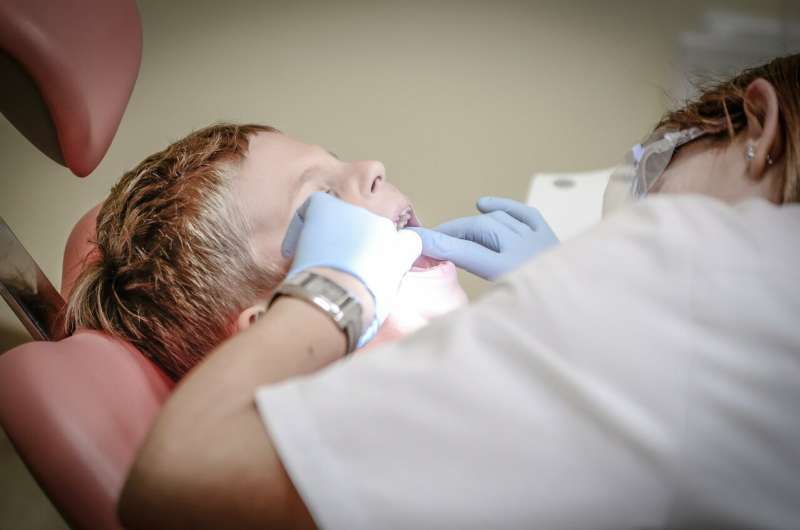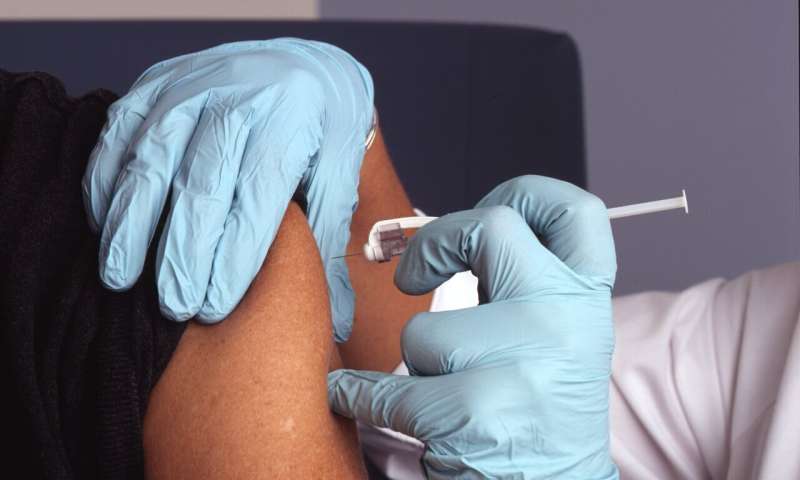Maple-Derived Polyphenols Show Promise in Combating Tooth Decay

New research highlights how maple-derived polyphenols, especially epicatechin gallate, can inhibit bacteria responsible for cavities, opening doors for natural dental care solutions.
Recent research published in the journal Microbiology Spectrum has unveiled the potential of a natural compound derived from maple trees to fight tooth decay bacteria, specifically Streptococcus mutans. This bacterium is a leading contributor to dental cavities by forming plaque on teeth and producing acids that erode the enamel.
The study focused on epicatechin gallate (ECG), a polyphenol found abundantly in maple wood and sap. Researchers discovered that ECG can attach to and inhibit the enzyme sortase A in S. mutans, an enzyme crucial for anchoring adhesins that bacteria use to attach to tooth surfaces. When this enzyme is blocked, the bacteria's ability to form biofilms, or plaque, is significantly reduced.
The team used computer modeling and laboratory experiments to confirm that maple polyphenols, especially ECG, effectively inhibit sortase A activity. They observed that these compounds prevented S. mutans from forming biofilms on dental-like surfaces such as hydroxyapatite disks, which mimic tooth enamel.
Interestingly, ECG outperformed similar natural compounds like (-)-epigallocatechin gallate (EGCG) from green and black tea, which also exhibit some antibacterial activity but are less potent. This raises the possibility of incorporating ECG or similar polyphenols into dental care products, including mouthwashes, especially for children, offering a safer alternative to traditional antibacterial agents.
The researchers are now working on developing plant-based dental products harnessing these polyphenols through a startup founded by University of Wyoming students. The ultimate goal is to provide effective, edible, and safe options for cavity prevention without the risks associated with conventional chemicals.
This discovery underscores a promising shift towards natural preventative measures in oral health, utilizing edible polyphenols to inhibit bacterial biofilms—a key factor in cavity formation—and providing a safer, more natural approach to dental care.
Stay Updated with Mia's Feed
Get the latest health & wellness insights delivered straight to your inbox.
Related Articles
Medical Experts Explore Effective Treatments for Newly Identified Genetic Disorder VEXAS
Scientists have discovered VEXAS, a new age-related genetic disorder characterized by immune system inflammation due to acquired mutations in the UBA1 gene. Research is ongoing to develop effective treatments, including immunosuppressants and bone marrow transplants.
Genetic Causes Identified for Severe Neuropathy Post-Infection
Recent genetic research has identified specific mutations responsible for a severe hereditary neuropathy triggered by infection, offering new avenues for diagnosis and potential treatment.
Restoring Public Trust in Institutions: Impact on Pandemic Decision-Making
Building trust in government and health institutions can influence public behavior during pandemics. A recent study highlights cultural differences and the importance of tailored communication for effective disease management.



